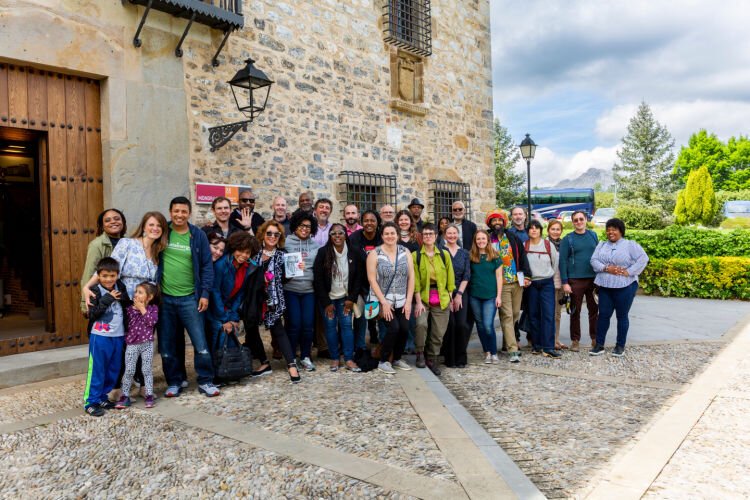By Lauren Linder
CBS News via Beaver County Blue
ALIQUIPPA, Pa. (KDKA) – A major economic boost appears to be heading to Aliquippa, as a Brooklyn company is planning to build a new steel mill in Beaver County.
The official groundbreaking is Tuesday, which will mark a special moment for the city that was originally built around steel.
Aliquippa Mayor Dwan Walker never thought he would live to see a day when the steel industry returned to the city, but it’s happening in the same spot off Woodlawn Road, where his dad spent 18 years working for J & L in the 1970s and 1980s.
“To have a comeback to where it gave birth to, it’s a beautiful thing,” Walker said. “To hear my dad almost cry about it, that says more to me than any words that I could say.”
The land remained vacant for decades since the J & L and LTV mills closed. Now a Brooklyn, New York company is coming in, 72 Steel, started by Chinese-American entrepreneurs.
New steel mill coming to Aliquippa 01:35
72 Steel Senior Business Advisor Xiaoyan Zhang said they chose Aliquippa for the $218 million facility over sites in Ohio and West Virginia. They will produce rebar at the 44-acre mill and hire 300 to 800 workers for construction, distribution, and the plant.
“We know that history, and so to build a steel mill here is exciting,” Zhang said. “Because this is an old industrial base, there will be a lot of talent, you know, that’s for hiring people and everything else.”
Property owner Chuck Betters was waiting for the right business to move in. In recent years the space was used as a staging area for the Shell cracker plant in Monaca. Then, a couple of years ago, he showed the land to 72 Steel, and eventually, they agreed.This post is sponsored by our partners Wigs
“It’s what I’ve been hoping for,” Betters said. “I think it could be a heck of a good job creation here, a tax base for the city. I think it would be good things.”
This is the hope for Mayor Walker.
“We planted a seed that’s going to last the test of time, and then this is this going to be a caveat,” Walker said.
It’s a full-circle moment as the city heads into the future.
“This is going to be the blessing, you know, to make sure we stay out of distressed and to make sure we’re bringing economics and financial stability back to Aliquippa on a solid ground, on solid footing,” Walker said.
No word on when construction will start but 72 Steel hopes to finish by mid-to-late 2025.
Betters said he sold the rest of the 80-something-acre old mill land to Versatex, which makes products like plastic decking, and U.S. Minerals, which makes abrasives.










